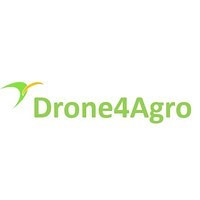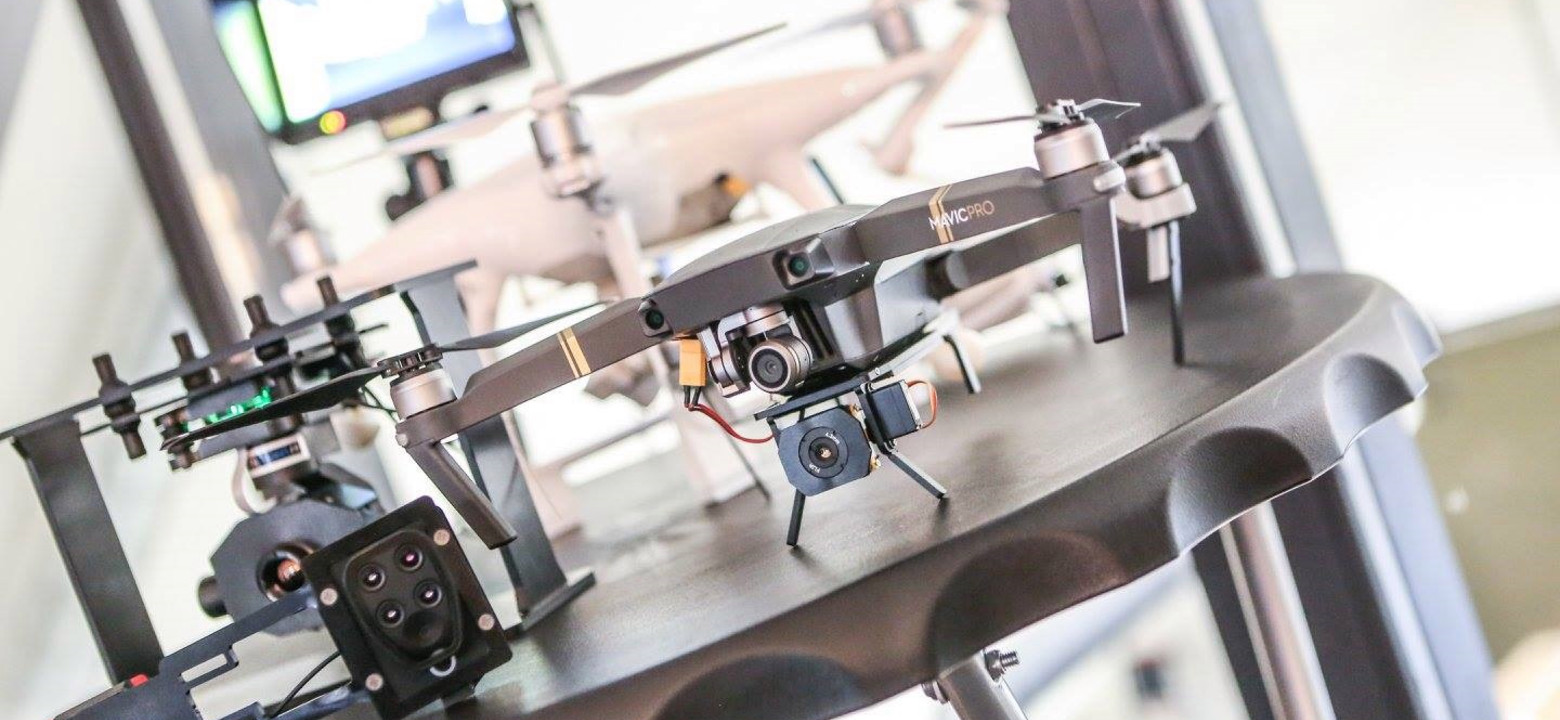According to the recent report by the Global Food and Agriculture Organization (FAO), the world's population will grow by 30% by 2050. This increase, together with the continued mass migration to urban centers, will have significant socio-economic consequences. One of the sectors affected by this demographic change and urbanization is the agricultural sector, which is responsible for one third of the world's GDP.
Research question
Is it possible to design and realize an intelligent Aerial robot that is able to perform robust, accurate and continuous execution of a spraying mission, while being self-regulating and adapting to the different environmental conditions in which it is deployed?
Population growth, urban migration and the fact that 70% of the world's arable land has already been utilized leaves the agricultural sector essentially extreme. The need to feed the ever-increasing population with less male and less arable land requires new approaches such as Precision Farming. The Food Valley cluster and Tech For Future cluster are two important pivot partners in opening up and making possible precision agriculture as a Dutch export product. Precision farming is one farm management approach using a wide range of technologies, which not only fill the human worker gap, but also significantly increase productivity through effective and efficient use of available resources. One of these advanced technologies is Aerial Robots (drones).
project Approach
The use of Aerial robots in the agricultural sector has a potential to enable intercropping and reduce soil compression, which greatly contributes to efficient productivity and environmental friendliness. Given the growing world population, using such new technologies that can be optimally deployed in an efficient and effective way is extremely important in life.
Drone4Agro is one of the innovative companies that has been developing new technologies that lead to more automated and efficient farming. Drone4agro is currently developing the first fully autonomous Aerial robot. This Aerial Robot can inspect and treat autonomously and continuously. Still, the Aerial AgroRobot must be fully functional, but some new technologies still need to be developed.
One of the most important features of the Aerial AgroRobot is autonomy in carrying out the mission. The other aspect is the ease with which the user, especially the farmers, can program, monitor and control the mission of the Aerial Agrobot. An Aerial Robot equipped with such mission execution capability along with a user-friendly user interface is attractive to common farmers, as it requires little expert knowledge to operate the robot and perform a task.
project Goal
The main goal of this project is to realize a fully integrated (proof-of-concept) Aerial robot that can be used in precision agriculture, more specifically an autonomous Aerial robot capable of inspecting and treating crops on a farm field. Technology areas:
- Robust and Precise Landing;
- Energy efficient path planning for Aerial Coverage;
- Adaptive Control of Agrobot with variable payload.
Duration project
Start project: 01-11-2017 - End project: 30-04-2019
Partners


Space 53
Website
Drone4Agro
Website
Tech for Future
website
More information about the project?
